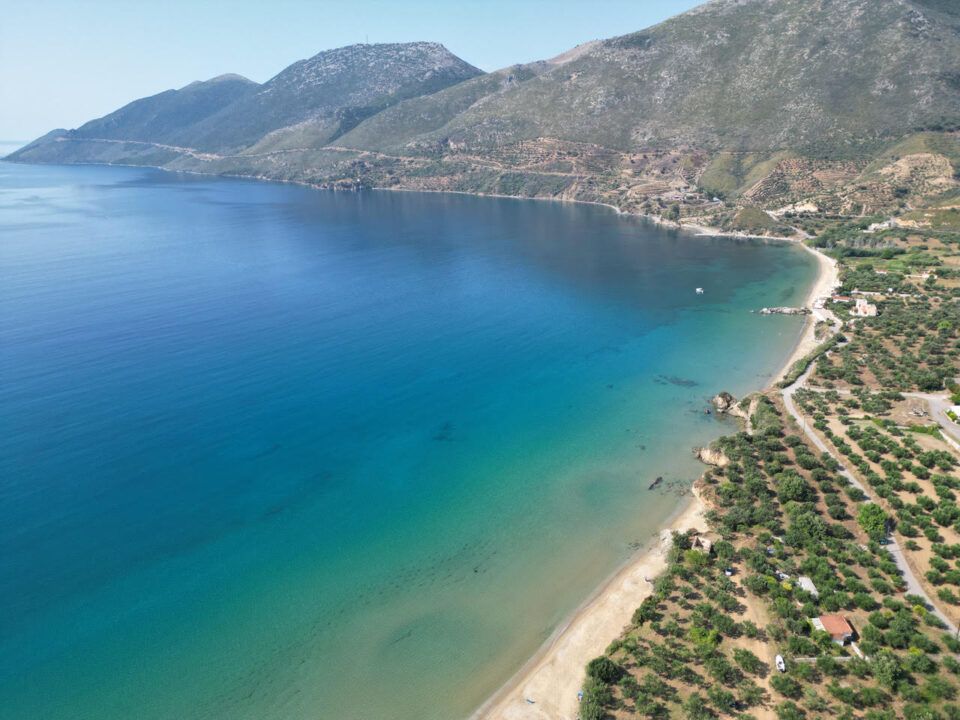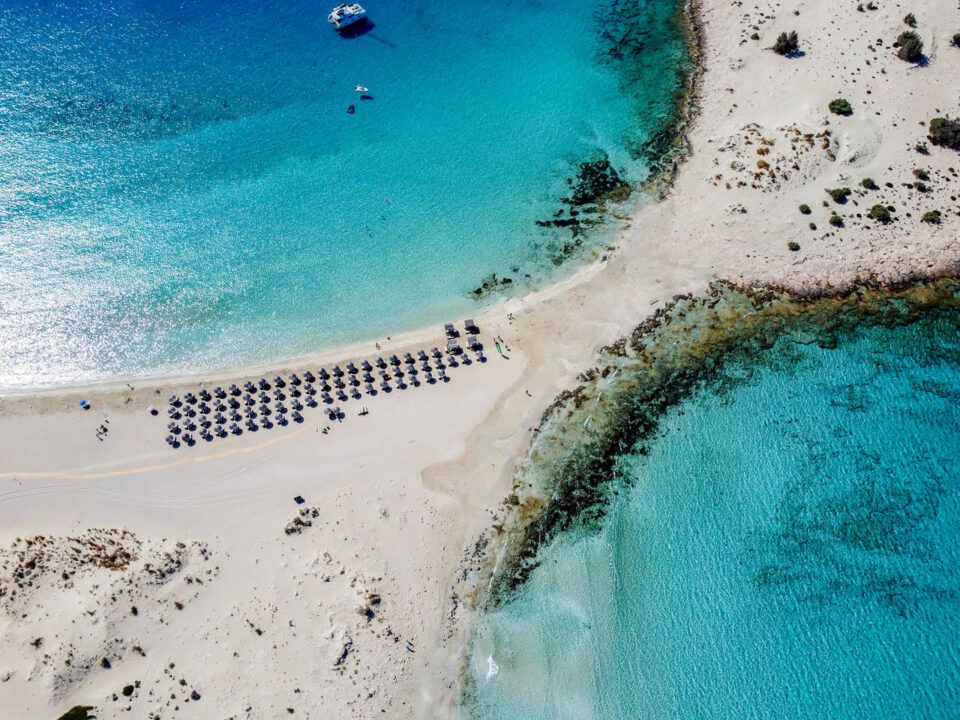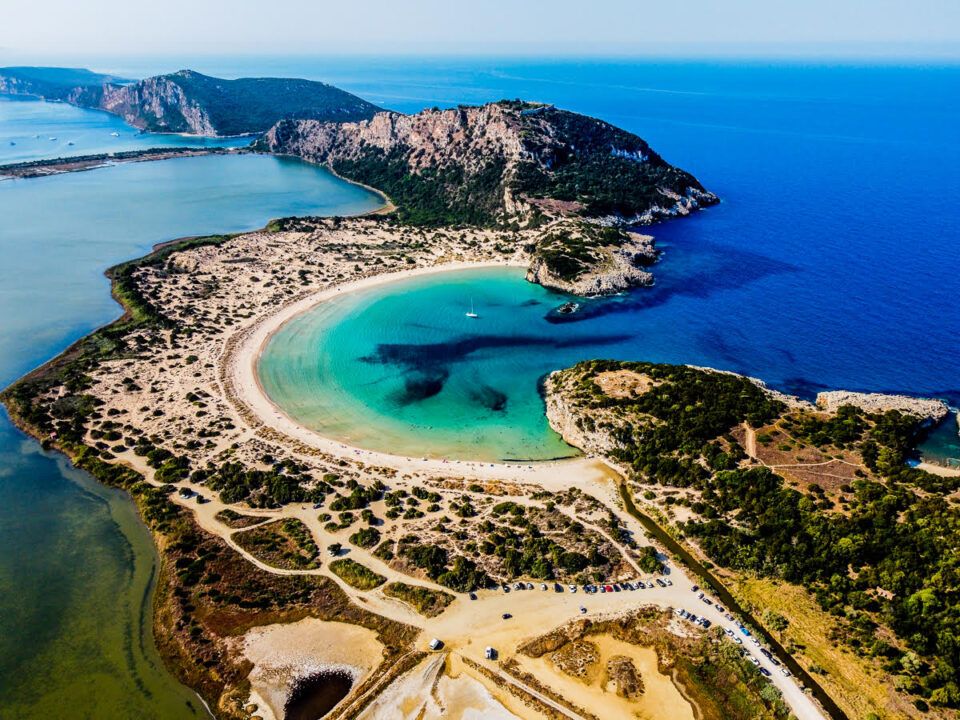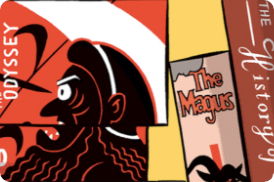While many travelers are drawn to Greece’s iconic islands, professional travel photographer Andrew Pateras found his inspiration in the quieter corners of the Peloponnese—a region that feels both timeless and deeply personal. With Greek heritage rooted in its soil and a career spent chasing light across continents, Andrew returned to the land of his ancestors with a mission: to capture three of its most soulful, lesser-known beaches—Skoutari, Simos, and Voidokilia.
“I’ve photographed coastlines from Namibia to Indonesia,” he says, “but there’s a familiarity in the Greek light that I feel in my bones. It’s home, in a way—even when I’m discovering a new spot for the first time.”

Skoutari Beach: Serenity in Stone and Sea
Tucked quietly into a bay on the Mani Peninsula, Skoutari Beach is a place that asks nothing more of you than stillness. With its calm, glassy waters and the muted hum of cicadas in the air, it’s the kind of setting that rewards patience—both in life and behind the lens.
For Andrew, it was the small, unassuming beauty of the scene that drew him in: the curve of the beach, the soft haze of morning light, the old fishing boats tethered just off shore.
Just a short drive inland lies Areopoli, a town steeped in revolutionary history and stone-built character. “Areopoli is all texture and shadow,” Andrew says. “The narrow alleys, the slate-grey towers, the sense of something ancient just beneath the surface—it’s an incredible contrast to the softness of Skoutari.”
He spent an afternoon there capturing candid street scenes, flagstone courtyards, and the proud stillness of a town that once helped ignite Greece’s war of independence.

Simos Beach: Twin Bays of Elafonissos
From the southern coast, Andrew made his way to Elafonissos Island, where Simos Beach unfurls in a rare double crescent—two perfect arcs of sand separated by a ridge of wild dunes. The aerial perspective reveals the surreal symmetry of the place, but Andrew found its magic in the details.
“The textures here are incredible,” he says. “The way the wind shapes the sand. The way the color of the water shifts with every hour. It’s impossible not to be inspired.”
Later, he wandered the stone paths of Monemvasia, a fortified medieval town that rises like a ship from the sea. “There’s something sacred about shooting places like this,” Andrew reflects. “The way light spills through a broken arch or clings to the moss of a centuries-old wall—it’s a quiet kind of storytelling.”

Voidokilia Beach: Myth in Every Curve
Last on Andrew’s journey was Voidokilia, perhaps the most symbolically rich of the three. Famous for its omega shape, the beach forms a perfect natural circle cradled by dunes and steep rock.
He arrived before sunrise—his preferred hour for coastal photography. “That first light… it doesn’t just illuminate the scene, it transforms it. Voidokilia felt almost mythical in that moment, like the world hadn’t fully woken up yet.”
Above the beach sits Nestor’s Cave, and nearby are the ruins of Nestor’s Palace, both tied to Homeric legend. As Andrew framed his shots, it wasn’t lost on him that these stories were part of the same culture woven into his own roots. “There’s a kind of full-circle feeling when you photograph a place that’s not just beautiful, but part of your history too.”
A Photographer’s Dialogue with Place
Through Andrew Pateras’ lens, the Peloponnese becomes more than a destination—it’s a dialogue between past and present, a love letter to heritage, and a masterclass in capturing place with patience and purpose. His images invite us to slow down, look closer, and fall in love with the Greece that exists between the pages of myth and the quiet corners of the map.
View the full Peloponnese series at andrewpateras.com














